Anthracene 96%
₹0.00 – ₹1,600.00
Anthracene is a solid polycyclic aromatic hydrocarbon, consisting of three fused benzene rings, and is a component of coal tar. It’s used in the production of dyes, and as a scintillator.
Anthracene is a fascinating polycyclic aromatic hydrocarbon (PAH) with a range of applications. Here's a more detailed look:
Chemical Structure and Properties:
- Structure:
- Anthracene consists of three fused benzene rings arranged in a linear fashion.
- Its chemical formula is C₁₄H₁₀.
- Physical Properties:
- It appears as a colorless to pale yellow crystalline solid.
- It exhibits a characteristic blue fluorescence under ultraviolet (UV) light.
- It has a relatively high melting point.
- It is not very soluble in water.
- Occurrence:
- Anthracene is a component of coal tar.
Applications:
- Dye Production:
- A historical and significant use of anthracene is in the production of dyes, particularly alizarin (a red dye).
- Scintillation:
- Anthracene is used as a scintillator, meaning it emits light when exposed to ionizing radiation. This makes it useful in detecting high-energy particles.
- Organic Semiconductors:
- It is utilized in research concerning organic semiconductors.
- Wood Preservatives and Insecticides:
- It has also found use in wood preservatives and insecticides.
Environmental and Health Considerations:
- PAHs:
- Anthracene is a polycyclic aromatic hydrocarbon, and PAHs are a group of compounds that can have environmental and health concerns.
- Potential Health Effects:
- While anthracene itself is often noted as having lower levels of health hazard when compared to other PAH's, there is still requirements for cautious handling. Due to the nature of PAH's general hazards, care should be taken with this chemical.
- Environmental Persistence:
- PAHs can persist in the environment, and their presence is often associated with combustion processes.
Key Points:
- The characteristic blue fluorescence of anthracene is a notable property.
- Its presence in coal tar has historically made it an important industrial chemical.
- The understanding of PAH's as a whole, requires there to be care taken when handling this substance.
Additional information
| Weight | N/A |
|---|---|
| CAS number | 120-12-7 |
| Chemical formula | C₁₄H₁₀ |
| Molar mass | 178.23 g/mol |
| Physical state | Crystalline solid |
| Odor | Weak aromatic odor |
| Melting point | 216 °C |
| Boiling point | 340 °C |
| Density | 1.25 g/cm³ |
| Solubility in water | Very low solubility |
| Flash point: | 121 °C |
| Autoignition temperature | 540 °C |
| Dye Content | Not a dye itself, but used in dye production. |
| Vapor pressure | Relatively low |
| UN number | NA |
| Flammability | Combustible |
| Carcinogenicity | While anthracene itself is often considered to have relatively lower carcinogenic potential compared to other PAHs, caution is still advised. |
| Grade | CP |
| Size | 100 gm, 500 gm, 5 kg |
Only logged in customers who have purchased this product may leave a review.


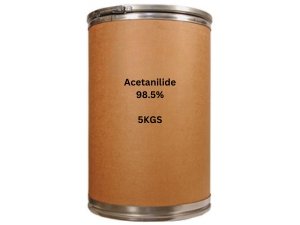
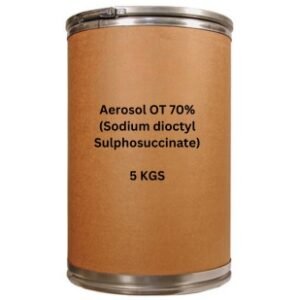
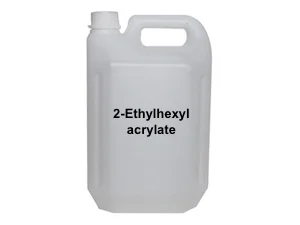
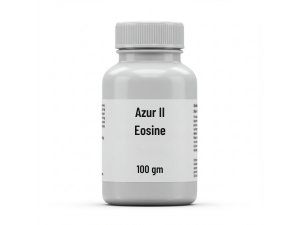
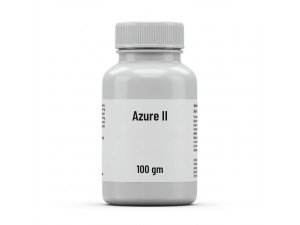
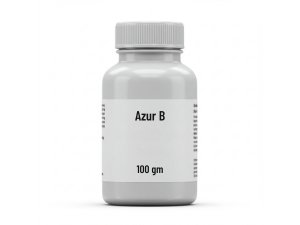
Reviews
There are no reviews yet.